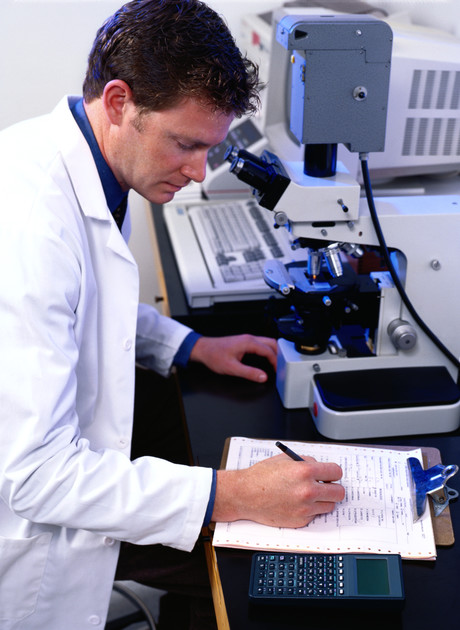Do you work for a biological, chemical or veterinary laboratory?

Do you provide any testing, or aspects of testing, on human samples? If so, the Therapeutic Goods Administration (TGA) in vitro diagnostic (IVD) medical device regulatory framework could impact you.
What is the IVD framework?
The IVD framework is designed to ensure all IVD medical devices, including in-house IVD medical devices, undergo a level of scrutiny commensurate with the risks associated with their use. In-house IVD medical devices are tests that have been developed or modified within a laboratory (or laboratory network) to carry out testing on human samples, where the results are intended to assist in clinical diagnosis or be used in making decisions concerning clinical management.
All diagnostic tests manufactured by a laboratory, regardless of whether or not they attract a Medicare rebate, are still subject to the requirements of the in-house IVD regulatory framework.
IVD medical devices developed in-house but supplied outside of the laboratory or laboratory network fall outside the definition of ‘in-house’. These are considered to be commercially supplied IVDs and must be included in the Australian Register of Therapeutic Goods (ARTG) prior to being supplied outside of the laboratory or laboratory network.
In-house IVD regulatory requirements
The regulations on which the framework is based are not limited to medical testing laboratories, but extend to all laboratories that manufacture in-house IVD medical devices in Australia.
In summary, the TGA IVD framework requires that:
- all in-house IVD medical devices must be notified to or registered with the TGA;
- all Class 1-3 in-house IVD medical devices must be accredited by the National Association of Testing Authorities (NATA) and notified to the TGA;
- Class 4 in-house IVD medical devices must be registered on the ARTG.
Any ‘in-house’ testing conducted on human samples that assists in clinical diagnosis or used to make decisions concerning patient treatment or management, and which have not been assessed by NATA and notified/registered with the TGA by 1 July 2017, can no longer be legally offered from this date.
Further information on the regulatory requirements for in-house IVDs can be found on the TGA website.
NATA accreditation in relation to in-house IVDs
Class 1–3 in-house IVDs will usually be accredited under ISO 15189; however, where a laboratory’s main area of testing is not human pathology, accreditation under ISO/IEC 17025 will be considered on a case-by-case basis.
NATA/TGA MoU
In September 2016, NATA and the TGA signed a memorandum of understanding (MoU) which clarifies each party’s roles and responsibilities under the regulatory framework, with a particular focus on the cooperation and exchange of information and material on matters relating to the accreditation of laboratories engaged in the manufacture of in-house IVD medical devices.
If you are unsure whether the testing your laboratory is performing falls under the TGA in-house IVD medical device regulatory framework, please see the TGA website or email devicereforms@tga.gov.au.
How librarians can help maintain image integrity
By sharing best practice and providing useful resources, librarians can support researchers in...
Winners announced for 2025 Australian Museum Eureka Prizes
Now in their 35th year, the Australian Museum Eureka Prizes continue to highlight some of the...
"Damning" review of Forensic Science Queensland released
The review of the troubled forensic service provider reveals unreliable results,...





